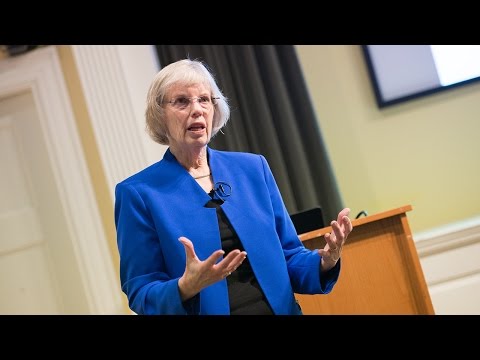Description:
Explore the current landscape of forensic DNA testing in this 47-minute lecture by Robin W. Cotton, associate professor and director of the Biomedical Forensic Sciences Program at Boston University School of Medicine. Gain insights into the challenges and advancements in the field, including RFLP testing, molecular weight analysis, and evidence interpretation. Learn about the role of the National Institutes of Standards, accreditation processes, and the impact of public funding on forensic science. Discover the complexities of contamination, peak height analysis, and the pressures faced by forensic laboratories. Understand the importance of new software developments and the absence of a central repository in the field. Delve into the public's interest in forensic science and its influence on courtroom proceedings.

Forensic DNA Testing - Current State and Challenges
Add to list